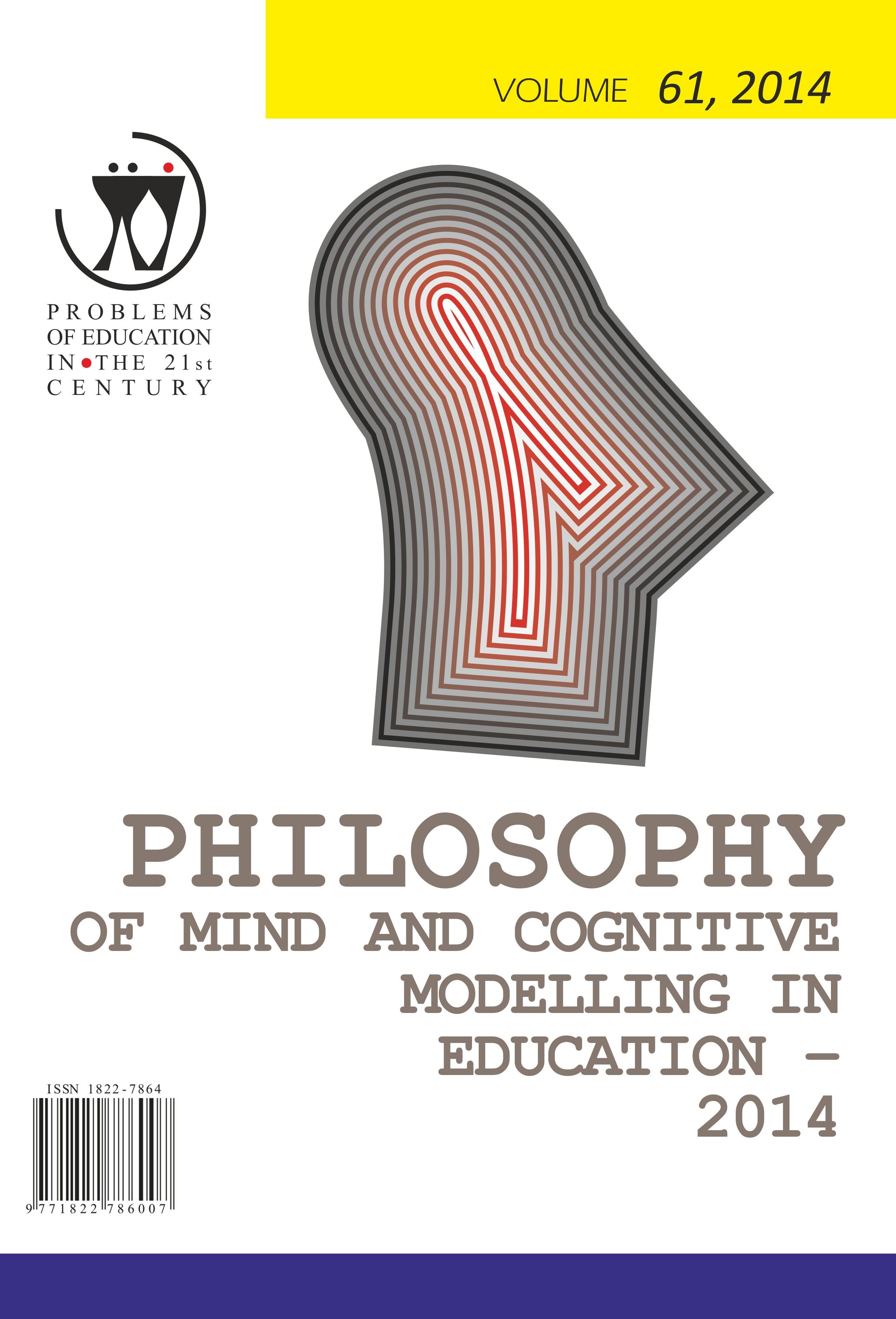E-LEARNING MATERIALS FOR SOCIAL SCIENCE STUDENTS
E-LEARNING MATERIALS FOR SOCIAL SCIENCE STUDENTS
Author(s): Marjan Krašna, Tomaž BratinaSubject(s): Social Sciences, Education, School education, Distance learning / e-learning
Published by: Scientia Socialis, UAB
Keywords: design; distance education; e-learning; learning materials; verification and validation;
Summary/Abstract: Today's student population is rightfully categorized as digital natives. From the beginning of their education, they used ICT. The technological gadgets, internet, and social networks are like a glove to them. Such generation of students require more than just textbooks. In the 2013 University of Maribor establish a task force for e-learning materials development. The goal was to identify the optimal technological, didactical and financial approach to the long process of e-learning materials development. Members of the task force have many workshops presenting different views, acquired experiences from their previous projects, technological constraints, prediction, etc. During these workshops it was decided it would be the best to prepare different types of e-learning materials and test them by the students. From their feedbacks we could set the guidelines for large scale production. At the Faculty of Arts, Faculty of Natural Sciences and Mathematics and Faculty of Education students needs to acquire also the digital competences to become successful teachers. For special didactics study programs different types of e-learning materials were produced with different technological approach. The concept was to upgrade the previous deliverables (PowerPoint slides) and narrate them. Narrated slides would enable students to refresh their lectures and should be used as blended e-learning materials. Narrations were prepared in different format: textual narration, voice narration and video narration. But later it was decided that these types are not enough and a mix of narratives (integrated multimedia learning materials) could be used on individual slides depending on the content of the slide.Students first receive the lecture in the classroom and in the same week they need to study associated e-learning materials and write their review of corresponding e-learning materials. In their review students were required to log the required time for studying the e-learning materials; benefits and drawbacks; potential improvement of e-learning materials; and open text of impression of using e-learning materials. Effectiveness and outcomes were tested with the electronic quizzes. Students were highly motivated with these new types of learning materials and provide us valuable feedback. Most efficient were text narrated learning materials, but the favourite was integrated multimedia learning materials. Video and audio narrations take them more time to study since they were constrained with the speed of speech of the recorded lecturer.
Journal: Problems of Education in the 21st Century
- Issue Year: 61/2014
- Issue No: 1
- Page Range: 77-87
- Page Count: 11
- Language: English

